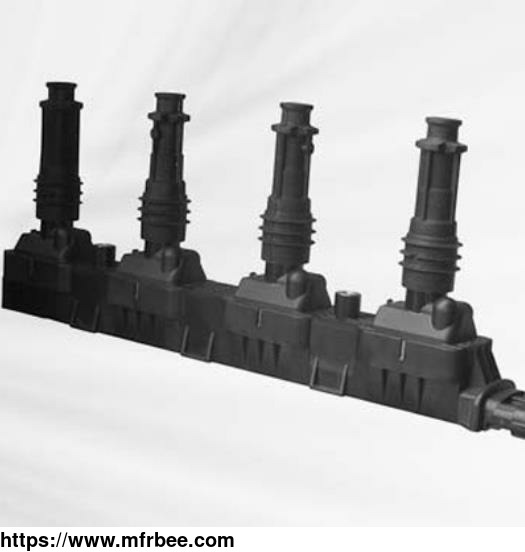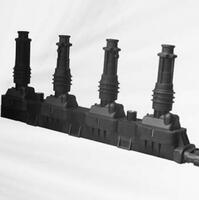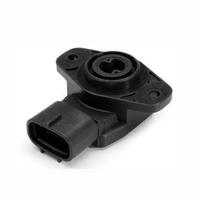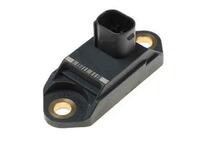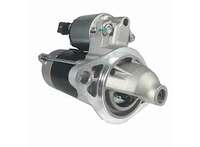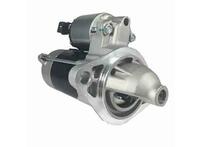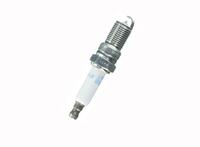Rail Ignition Coils
Specifications
The ignition coil rail is directly inserted into the cylinder head, including two parts, the head and the rod, which are connected together. The head has a low-voltage socket, and the rod has a
high and low voltage winding group with inner iron core and outer iron core. The utility model is characterized in that the outer iron core is sheathed with a shielding cover, one end of the
shielding cover is connected with the ground wire of the low-voltage socket, and the other end is connected into engine. Usually, if any one of them is broken and needs to be replaced as a whole
car ignition coil.
How Do You Test Rail Ignition Coils?
Step one
Disconnect all rail ignition coil's electrical connectors.
Step two
Set ohmmeter to the lowest ohms range, touch the electrical connector terminal B+ with the black test lead, and touch the corresponding coil input prong with the red test lead. Usyally 1~4Ω for
primary resistance. But different car models will have different resistance scope
Step three
Set ohmmeter to the highest ohms range, touch the electrical connector terminal B+ with the black test lead, and touch the spark plug wire terminals on one of the rail ignition coil with the red
test lead. Usyally 5,000~20,000Ω for secondary resistance. But different car models will have different resistance scope.
Step four
compare resistance readings to the vehicle service manual. If readings are out of range, that may show the rail ignition coil is bad and replace it as needed.
For more information about how can i tell if my ignition coil is bad, please feel free to contact us!
If you need any kinds of car auto spares, please contact us, as one of the most professional car spares suppliers, MAPMS is willing to offer you high quality products.
- Country: China (Mainland)
- Address: Room 1505, F15, Bldg T2, 2 Yichuang St, Huangpu 510555, Guangzhou, China
- Contact: May Liu
